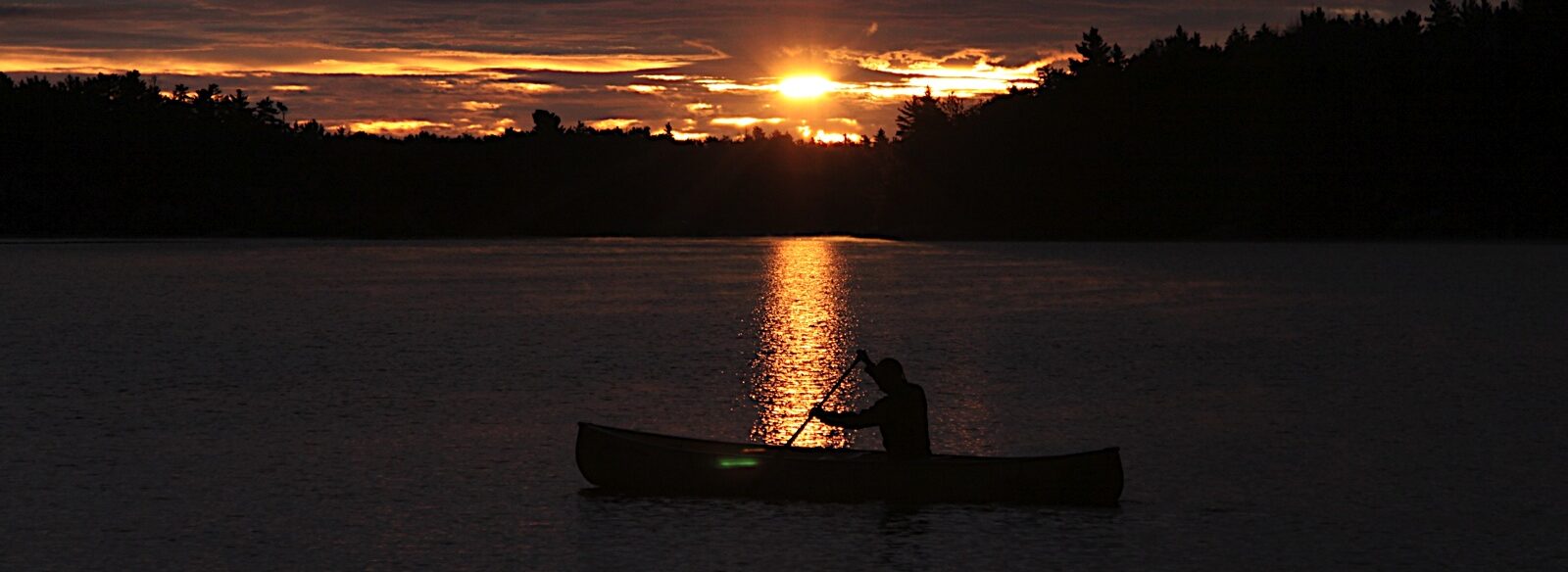This week's a bit quieter than usual, I am working on my contribution to a guide for our virtual field trip, preparing my vEGU presentation on strain shadow megapores and working on two papers, plus on the draft for the next stage paperwork for our new Earth Sciences degree (mostly thinking about the economic aspects). Also, our preparation for dehydration experiments at SLS is going into its final phase, with our new rig Heitt Mjölnir hopefully coming to its completion over the next 2-3 weeks.
I spent yesterday working with QGIS, which is cool. So far, I haven't utilized GIS in any of my field work, but I am discovering the possibilities, and am obviously quite amazed. I really look forward to linking this in with drone data. TBH, I am a little bit awed by the complexity of GIS software, but luckily QGIS is so well community supported that there are solutions for most issues easily available.
My vEGU presentation is going to to be about our latest discovery (of course) - strain shadow megapores. We've been pondering about the name for quite a while, but the more/better I understand what's going on there, the more excited I am about the consequences - I believe we have discovered a new type of synkinematic porosity that has the potential to form relatively substantial fluid reservoirs in ultramylonites.
One of the papers that's very close to submission is on the transport distances in pressure solution creep, which is based on the findings of now Dr Berit Schwichtenberg. Beautiful data, but difficult to analyse conclusively. Given that we believe to have found that diffusive transport distances in pressure solution creep are much larger than previously believed (an idea Macente et al. 2018 already hinted at), these data hold the key to a potential paradigm shift.
And the new degree - economic viability is a key argument here in the UK. In a sense it helps making degrees better, as there are higher demands on streamlining progression and delivery, in other words, make the best possible use of the resources. On the other side, one must be careful not to curtail academic richness. Our recipe will be... (can't talk about that yet).
Heitt Mjölnir, one of our two new x-ray transparent deformation rigs, has come quite far. We found a smart way to even out the temperature distribution around the sample (which was a big problem initially - to get the heat to the right places), now we are working on the sample jackets. That's not a trivial issue either, since our target temperatures (> 300 °C) are beyond the application range of polymers. We need a metal jacket that does not react with the fluid in the sample but also attenuates as few photons as possible, so that our acquisition times (we want to collect 3D data in much less than 30 sec at TOMCAT) don't get negatively affected. Also, the jacket should not be too strong, so that it doesn't affect sample deformation, and it should not deform in a brittle manner (otherwise we might get leaks during the experiment). Gold and platinum are often used in conventional experiments, but they are too heavy (thus attenuating) for us. At the moment, Damien is working with our workshop to see how thin a tube we can produce in-house - currently we stand at 70 µm in Al alloy.


